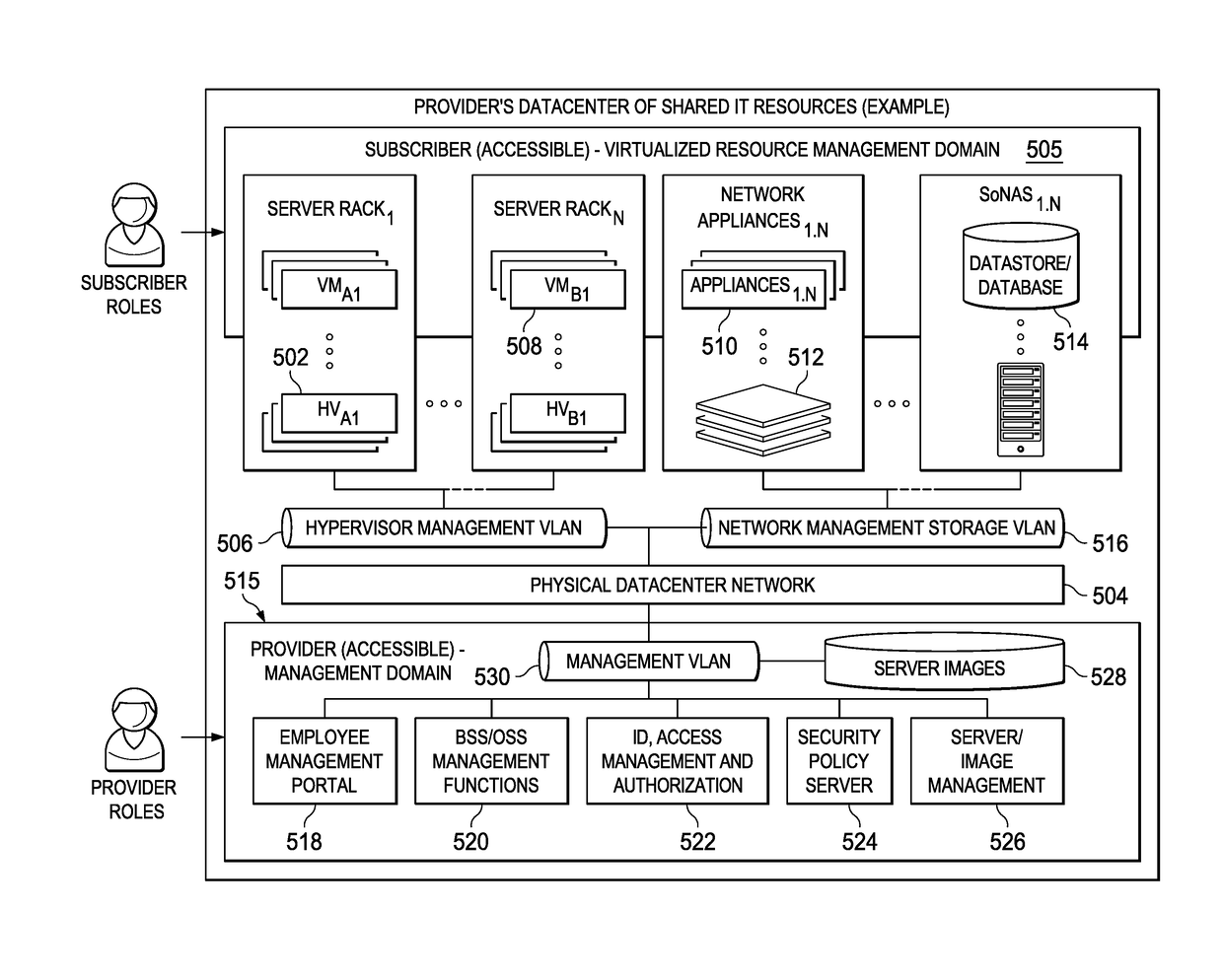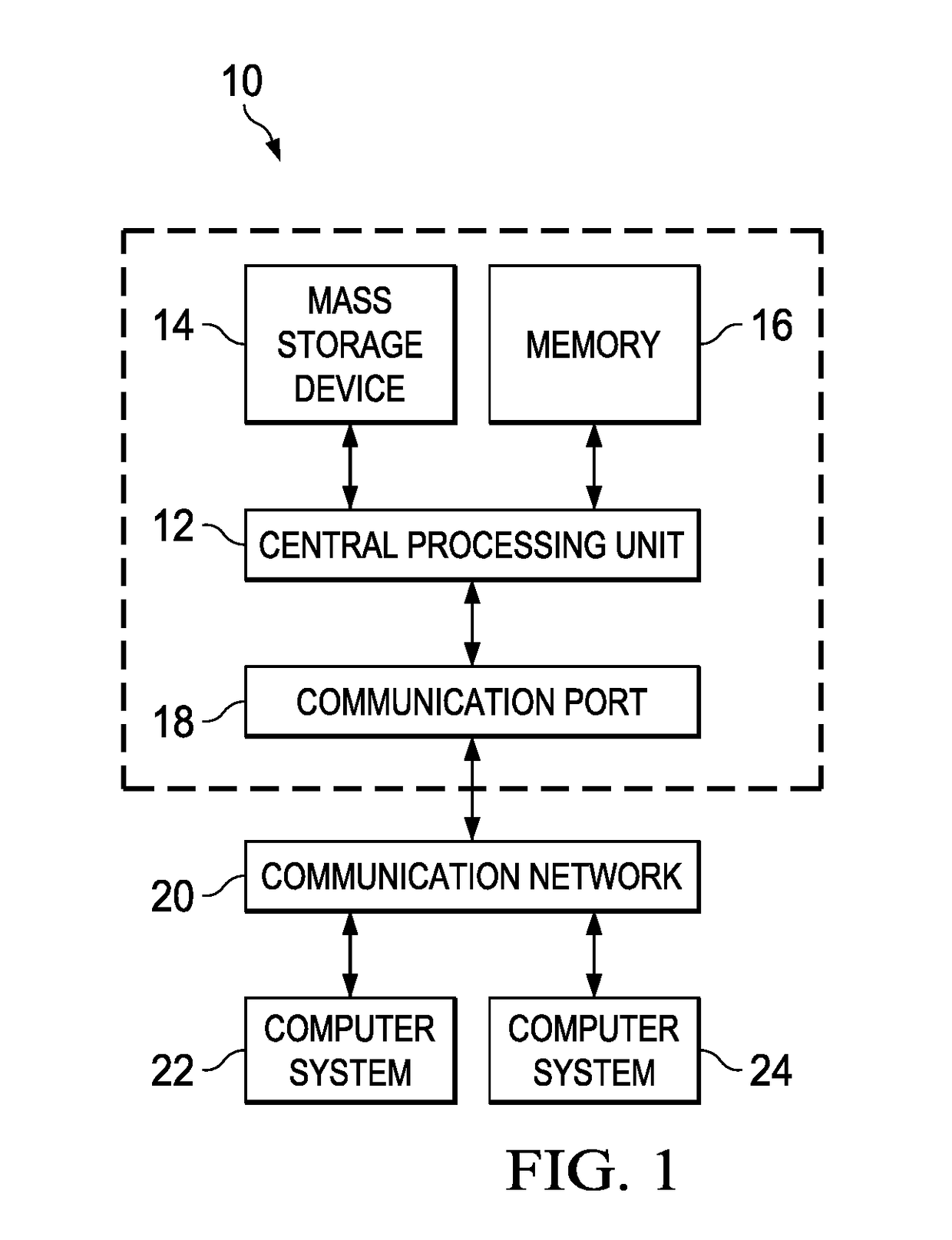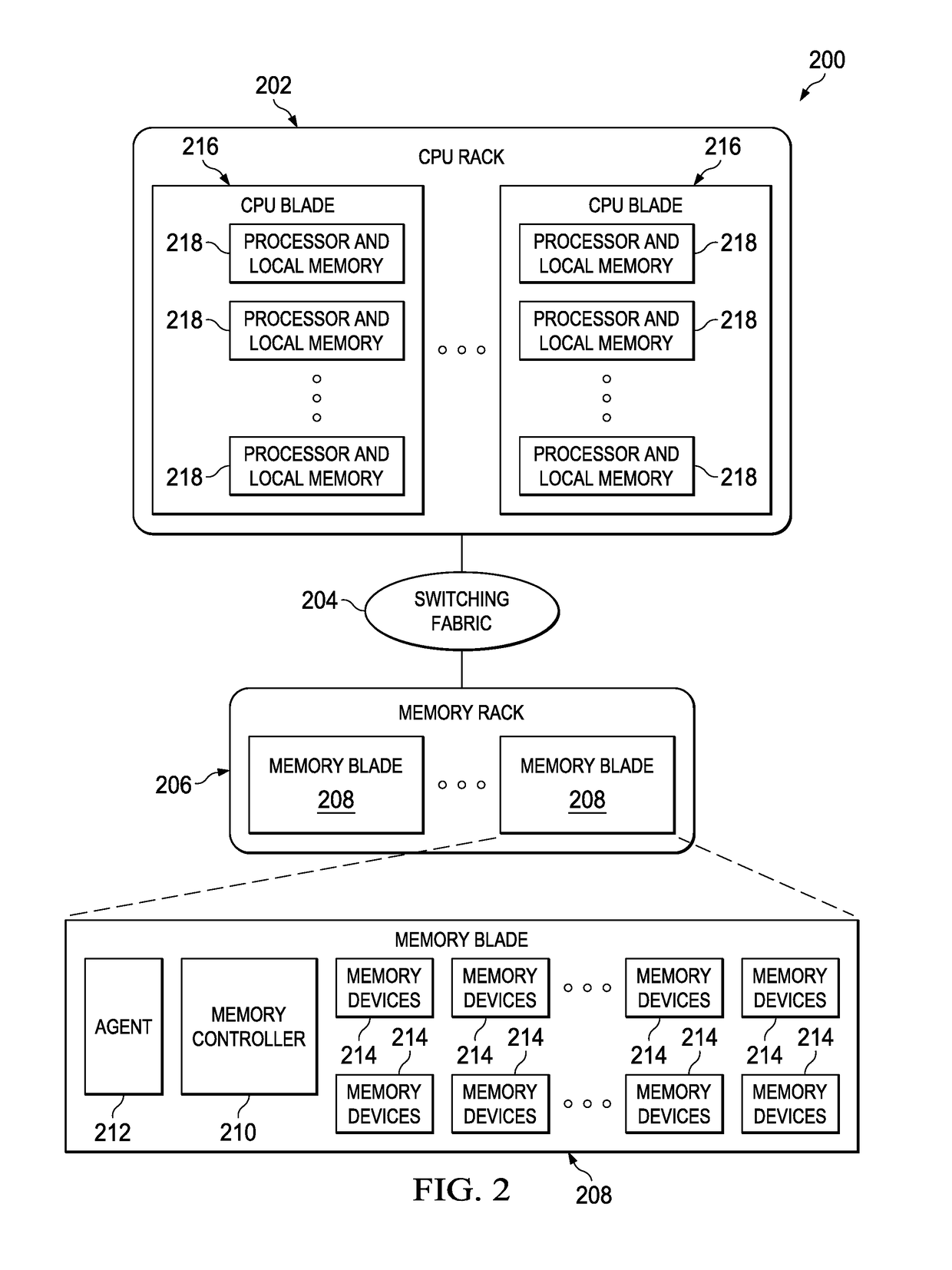Specifying a disaggregated compute system
a compute system and disaggregation technology, applied in the field of data processing systems, can solve the problems of limiting flexibility, unable to specify which physical cpus are to be used, and unable to increase so as to achieve the effect of reducing the impact of customers, and reducing the number of physical cpus
- Summary
- Abstract
- Description
- Claims
- Application Information
AI Technical Summary
Benefits of technology
Problems solved by technology
Method used
Image
Examples
first embodiment
[0084]FIG. 7 depicts a process flow for new server allocation according to a This process describes an illustrative new server allocation algorithm. In general, the algorithm operates by checking the pools, and determining what resource pool (and what resources therein) best fits the requirement for the server entity. As noted above, and depending on the nature and configuration of the pools themselves, it may be the case that multiple pools satisfy criteria for the server entity, in which case the new server allocation algorithm preferably allocates the resources from the pool with maximum resources available to enable future expansion of the compute system.
[0085]The new server allocation process begins at step 700 upon receipt of a request for a new server. The request may be received from a user, or some requesting entity or system. This request may be received programmatically. The new server allocation process has access to the database of information about the server pools an...
second embodiment
[0086]FIG. 8 depicts a process flow for a server scale-up resource allocation method according to a In general, and as noted above, the algorithm operates to add more resources to an existing server entity. When scaling up is required, the algorithms prefers resources based on locality in that, all other things being equal, a resource that is “nearer” to one already in the server entity is preferred over one that is further away (network-wise). The notion of near or far of course is a relative term and may depend on one or more factors (e.g., latency, loss, cost, number of hops, etc.). In one approach, the system attempts to find the resources nearest to the already-allocated resources. This is not a limitation, however, as other scale-up techniques that make use of other criteria may be used.
[0087]The routine begins at step 800 when the user or some other system requests more capacity from the server entity. This request may be received programmatically. At step 802, the system re...
third embodiment
[0088]FIG. 9 depicts a process flow for a server scale-down resource allocation method according to a Generally, this process is used to select what resources to de-allocate from the existing server entity. There may be varied approaches to scale-down. For example, resources to be de-allocated may be selected based on their location to free-up resources from the resource pool, to maximize the size of available pools, to maximize the size of the pool itself, or the like. A round robin selection of these factors may be enforced, e.g., to facilitate a balance across the pools. In another variant, the algorithm analyzes whether the allocation is the optimal solution for the given workload, and if not, warns the user that performance of the workload will suffer. In yet another variant, the algorithm predicts capacity needed in the system based on the given workload and makes recommendations appropriately.
[0089]The routine begins at step 900 upon receipt of a request from the user or som...
PUM
 Login to View More
Login to View More Abstract
Description
Claims
Application Information
 Login to View More
Login to View More - R&D
- Intellectual Property
- Life Sciences
- Materials
- Tech Scout
- Unparalleled Data Quality
- Higher Quality Content
- 60% Fewer Hallucinations
Browse by: Latest US Patents, China's latest patents, Technical Efficacy Thesaurus, Application Domain, Technology Topic, Popular Technical Reports.
© 2025 PatSnap. All rights reserved.Legal|Privacy policy|Modern Slavery Act Transparency Statement|Sitemap|About US| Contact US: help@patsnap.com



